Distribution Agreements


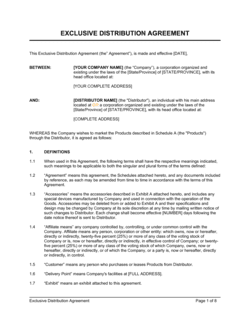
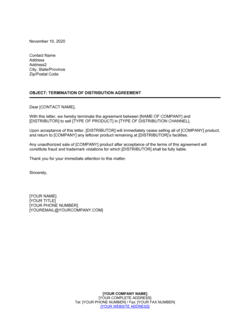
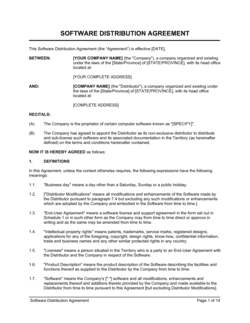
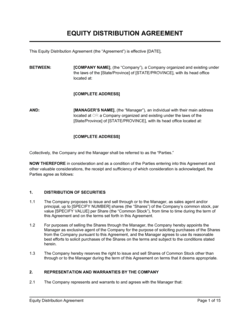
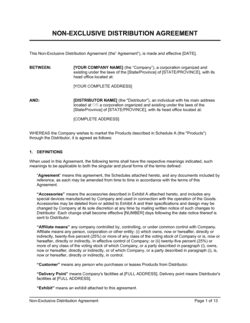

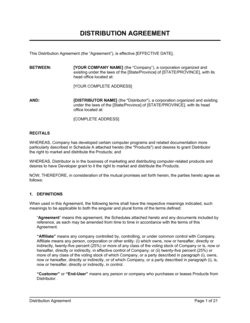
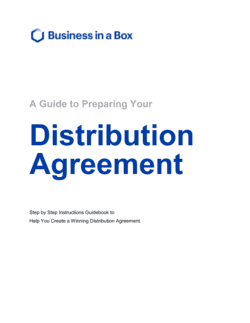
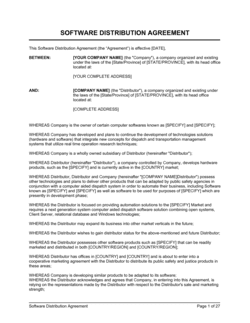
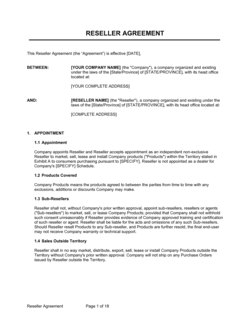
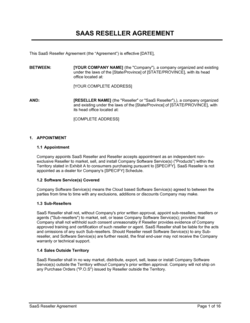
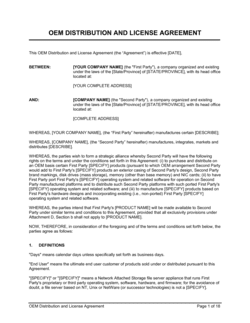
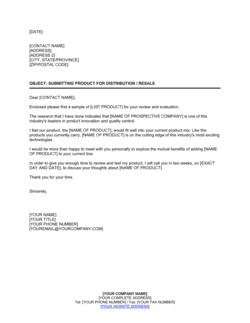
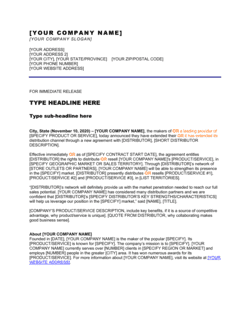
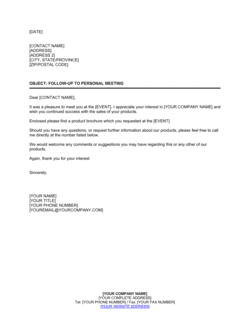

Distribution Agreements: A Comprehensive Guide
What is a Distribution Agreement?
In the realm of business, trust is paramount, especially in partnerships.
A Distribution Agreement is a key document that establishes the relationship between a manufacturer or supplier and their distributors. This legally binding contract clearly outlines mutual expectations, ensuring that both parties fully understand the essential terms of their collaboration. The specifics of a distribution agreement may vary, tailored to fit the unique nature of each partnership.
Why is a Written Distribution Contract Essential?
A well-constructed Distribution Agreement is more than just a formality—it's a shield that protects all parties involved from potential risks and misunderstandings. It serves as a roadmap, delineating the rights and obligations of each party, tailored to fit various business models and arrangements.
Key Terms of the Distribution Agreement
- Purpose - Whether it’s to leverage a distributor's market reach or to capitalize on their expertise and contacts, the agreement secures a fair and mutually beneficial deal.
- Term Length - The duration of the agreement, known as the “term,” is pivotal. It may be fixed, extendable based on criteria, or ongoing, influencing factors like minimum order requirements and exclusivity.
- Exclusivity - The choice between exclusive and non-exclusive agreements impacts market dynamics. Exclusive agreements assign a sole distributor for a region, benefiting from their market presence, while non-exclusive agreements foster healthy competition.
- Performance Standards - Especially in exclusive agreements, setting clear performance standards like minimum orders and revenue targets justifies the exclusivity and ensures accountability.
- Marketing and Promotion Responsibilities - These can vary based on the agreement type. Exclusive agreements often entail more comprehensive marketing and promotional duties for the distributor.
- Training and Support - Particularly crucial for sophisticated products, the agreement should outline the extent of training and support provided by the supplier to the distributor.
- Competition Clauses - These limit the distributor from engaging with competing products or suppliers, especially pertinent for unique products or influential distributors.
- Predictions and Supply Commitments - Agreements may include predictions about product availability and agreed-upon quantities, reflecting the bargaining power of the distributor.
- Order, Payment, and Delivery Processes - Clarity in these processes is essential, detailing responsibilities, risks, and insurance requirements during the product's transit.
Tailoring Your Distribution Agreement
Understanding the nuances of different distribution agreements is crucial. Common types of Distribution Agreements include:
- Licensing and Distribution Agreements - Ideal for suppliers not wishing to invest heavily in a new market.
- Software Distribution Agreements - Software distribution agreement can be categorized into exclusive and non-exclusive, covering rights, terms, and geographic territories.
- Reseller Agreements - Where the reseller acts on behalf of the supplier or wholesaler to sell to the public or third parties. Review our reseller agreement template.
- OEM Agreements - Common in manufacturing, detailed in our OEM distribution and license agreement template.
Why Choose Business in a Box?
For over two decades, Business in a Box has been the go-to resource for business owners seeking reliable and professionally crafted legal and business templates. Over the last 20 years, we’ve served millions of entrepreneurs, business owners, CEOs, and managers, in over 190 countries and territories worldwide.
Our extensive library features over 3,000 business and legal documents, and has been developed through a collaboration with industry experts and lawyers.
When you choose Business in a Box, you gain access to:
- A plethora of professionally crafted Distribution Agreement templates to ensure your distribution partnership is grounded in clarity.
- The peace of mind that comes with well-structured legal documents.
- The ability to edit, save, organize and collaborate on any document in our Cloud Drive.
Empower your business with the right agreement. Start your journey with Business in a Box today and set the foundation for a successful distribution partnership that drives your business forward.
Updated in November 2023
